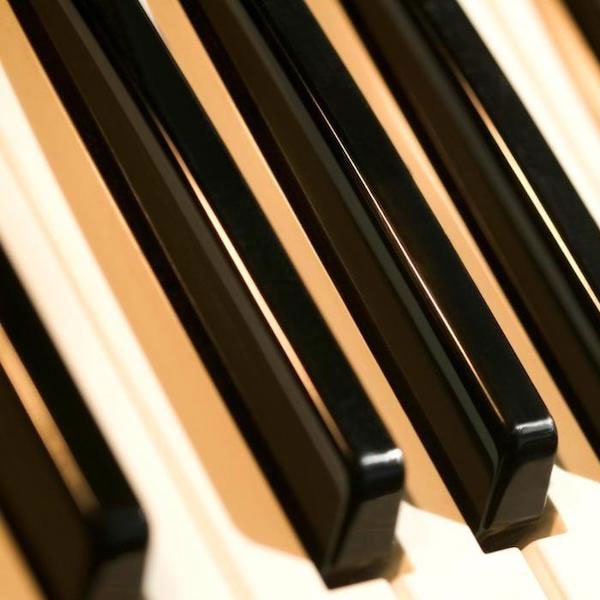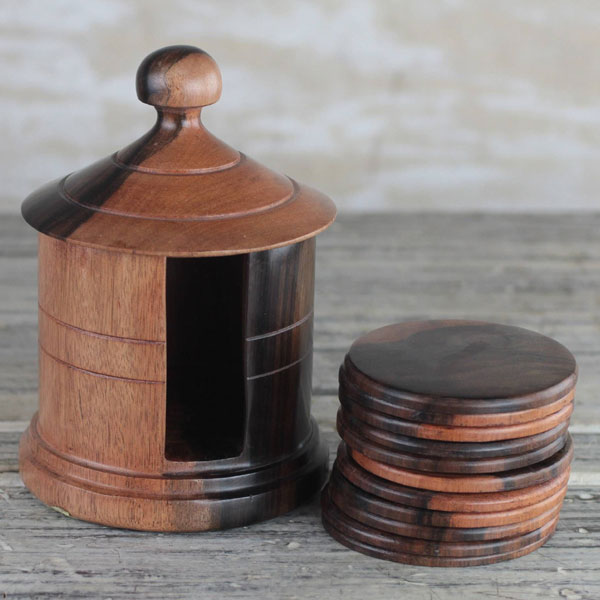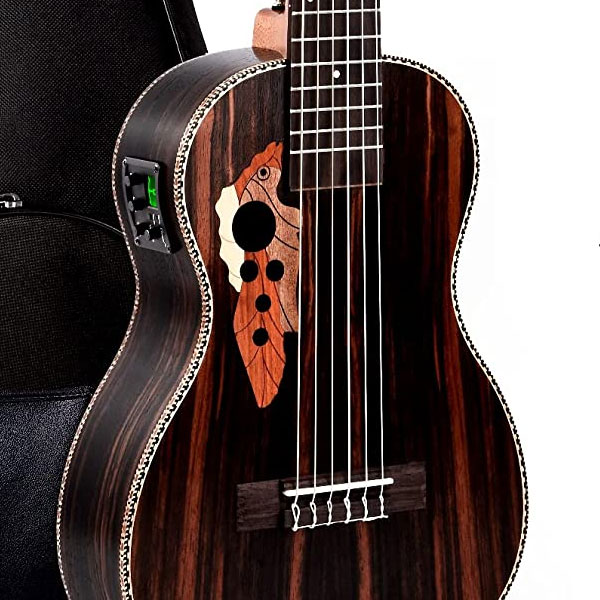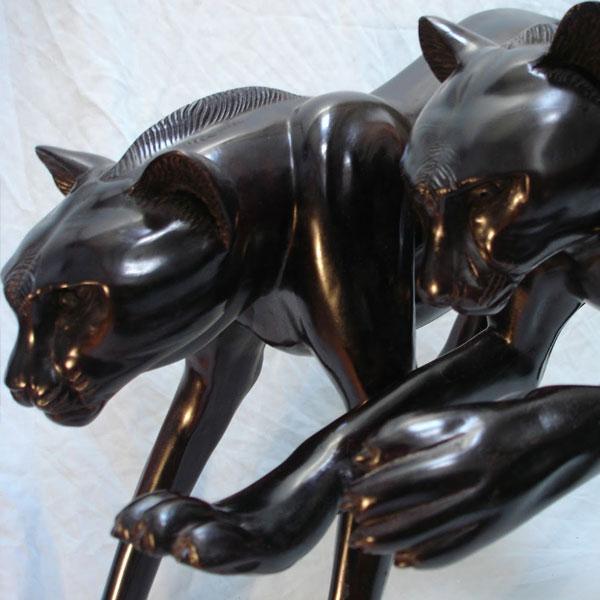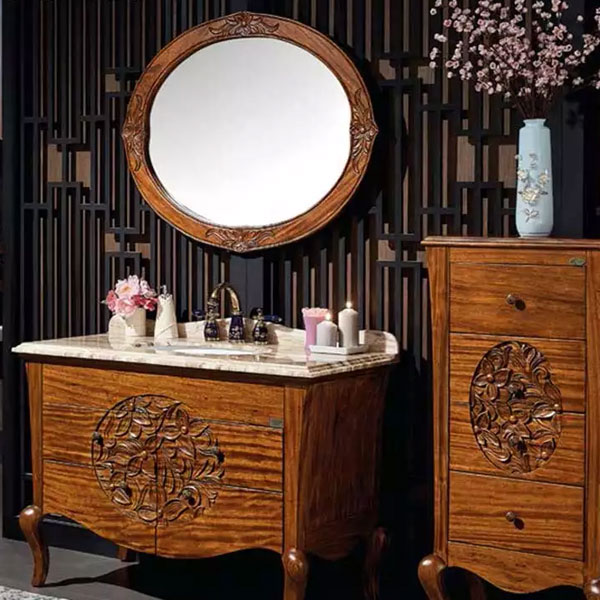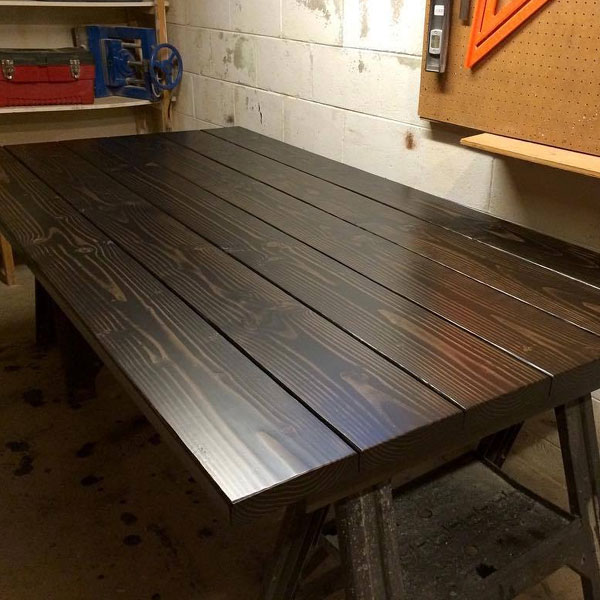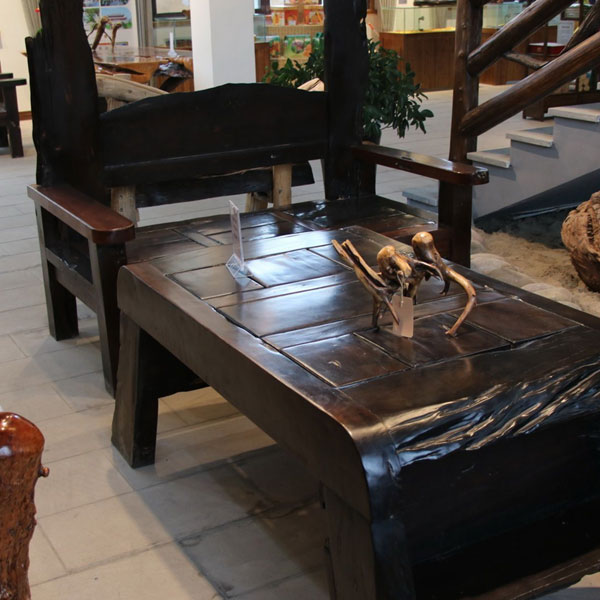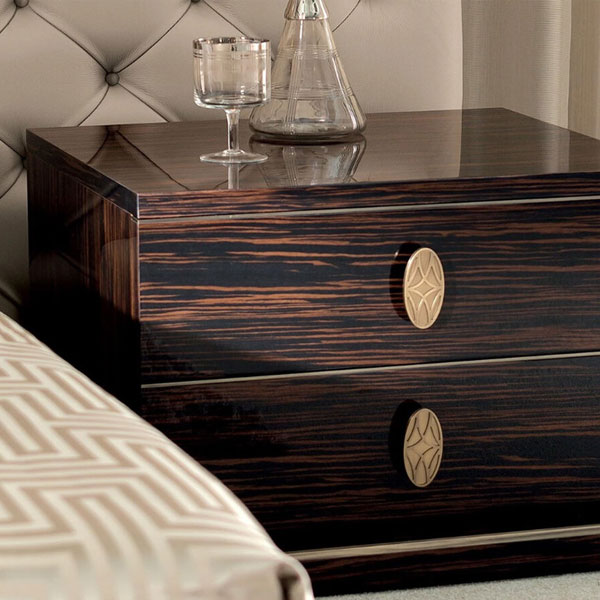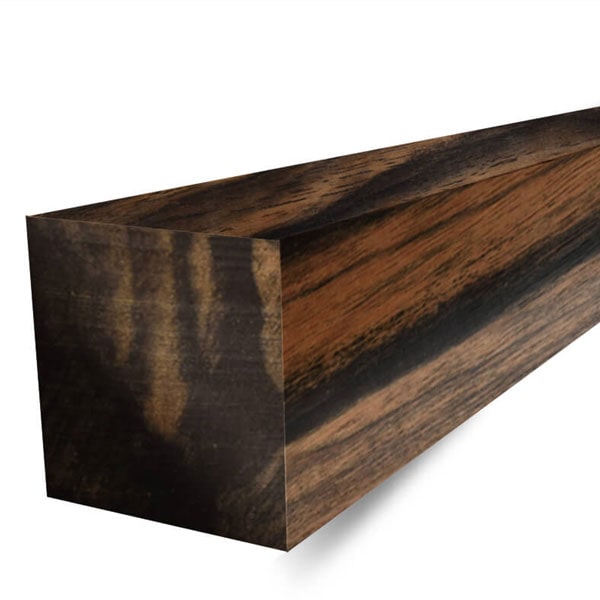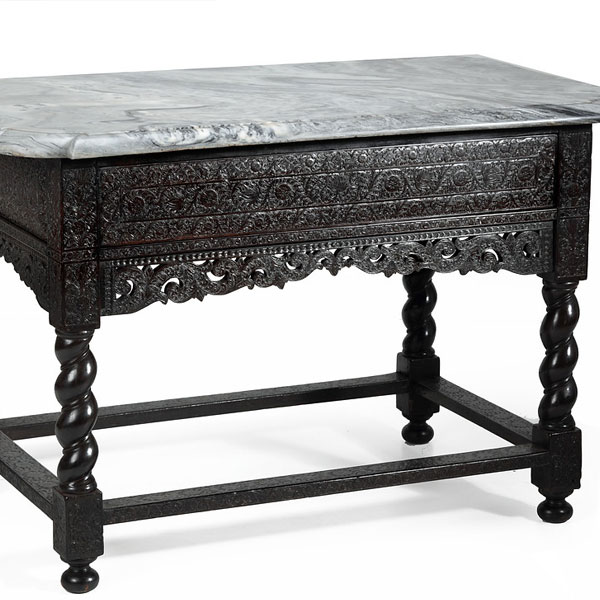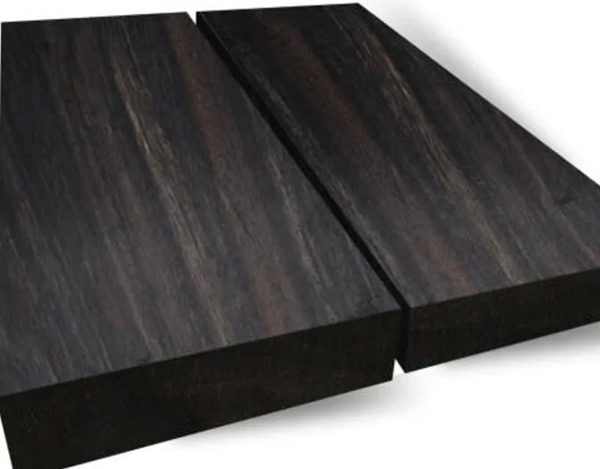
What is Ebony Wood?
Ebony is a premium type of wood. It is the priciest and most demanding wood. There are various uses for ebony. It is renowned for its tremendous density, black hue, and longevity.
It is a substantial black hardwood that is primarily found on the continent of Africa. There is a species group for ebony. The number of actual ebony species included in the ebony families exceeds ten. All species are related but not identical to one another. They vary in terms of weight, Janka Hardness, grain pattern, and other attributes. It is mostly used in the production of high-quality furniture, musical instrument parts, and decorative items.
It is suited for use in furniture because of its excellent stability and durability. It differs from other hardwoods in a number of unique ways. Ebony Woods is renowned for producing high-quality cabinetry, inlays, musical instrument components, and ornamental items.
Workability
Sustainability
Common Uses
Our selection of walnut sawn timber includes:
- Only round logs are offered
- Ebony logs can be sawn upon request
- Origin: Africa

